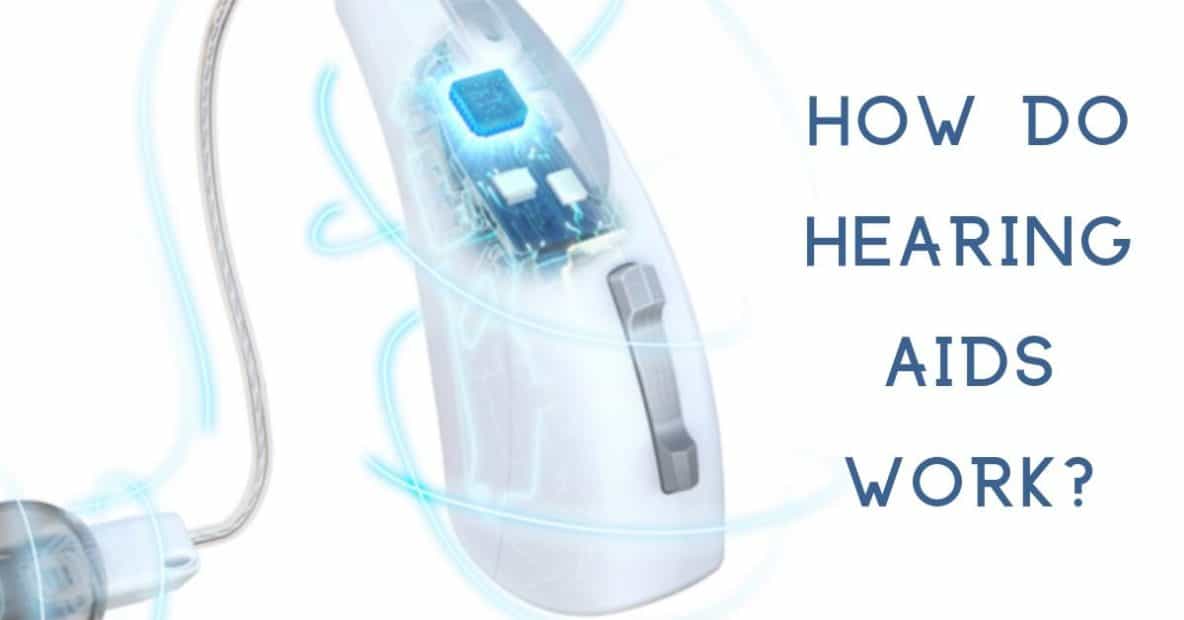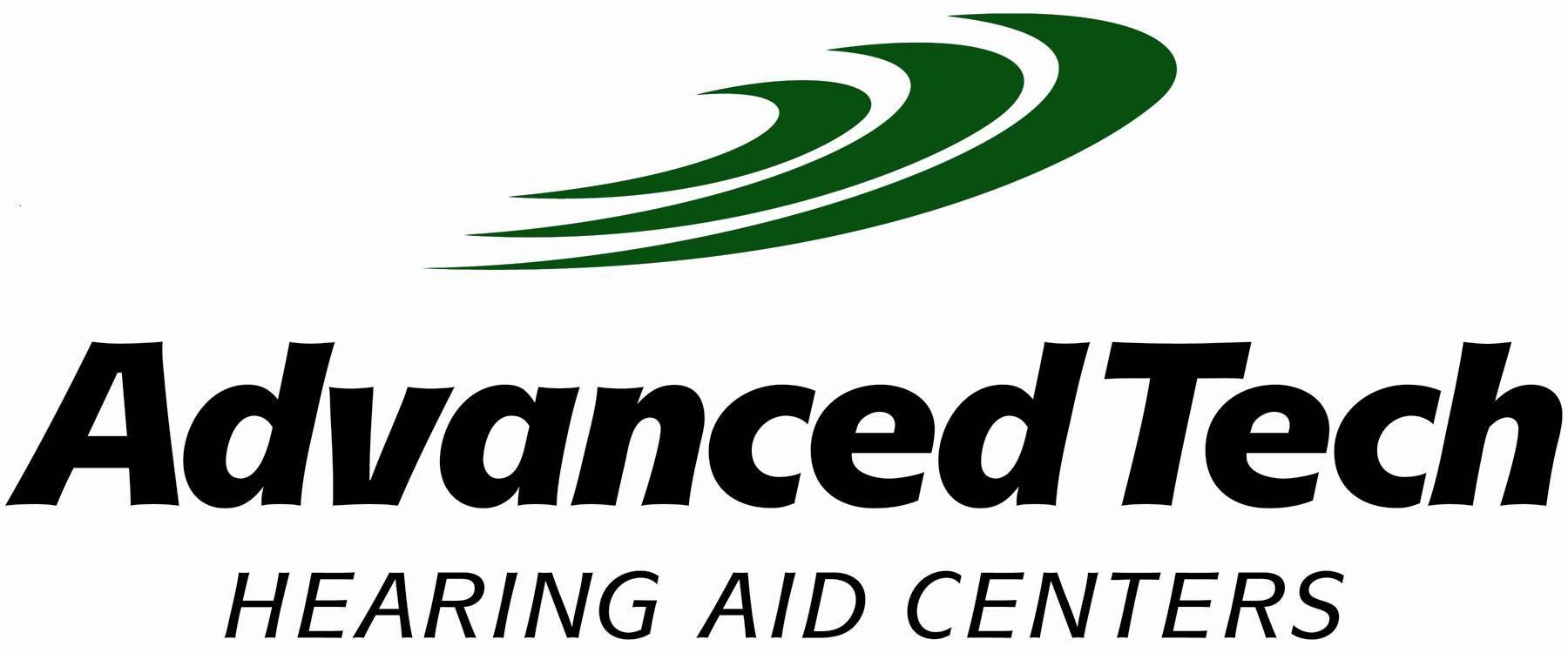0% financing available. Up to 3-year loss and damage guarantee.

How do Hearing Aids Work?
- Navigating the Conversation: The Significance of Thoughtful Disclosure in Hearing Loss - December 10, 2023
- The Sound of Dreams: Understanding How Hearing Loss Impacts Dreaming - November 7, 2023
- Traveling Effectively with Hearing Aids - October 16, 2023
In recent years, the advancement of education and awareness of hearing loss coupled with technological advances allows us to move past the stereotypical view of the use of hearing aids. Our attention to hearing loss as a public health issue also demands our action to be aware of our hearing practices and our environment.
In the US alone, hearing loss is one of three of the greatest public health concerns and is growing. As stated by the Center for Disease Control (CDC) there over 28 million American that would be at an advantage if they were equipped with hearing aids. If worn with confidence we can now uphold these hearing implements as accessories that enrich our hearing lives!
These days, with the prevalence of hearing loss across a wider age range, everyday breakthroughs in hearing technology and a burgeoning market for ease efficiency and cutting-edge design, the stigma of hearing devices is changing.
Let’s familiarize ourselves with the components of the most popular forms of hearing aids.
Behind-the-Ear (BTE)
Case – made from hard plastic and is worn behind and outside the ear.
Microphone – receives and converts sound waves into electrical signals to the amplifier.
Amplifier – increases the strength of the signals received from the microphone and directs them to the speaker
Speaker- turns electrical signals into recognizable sounds.
Power button – switches the hearing aid off or on.
Battery compartment – holds the batteries for the hearing aid.
The case of the hearing aid fitted on the outside of the ear has a thin tube that connects to another piece that is inserted within the ear. That tube that connects to the two pieces is known as an elbow or ear hook. The Ear hook connects the Case to the smaller piece, which sits closest to the outer ear within the ear canal, is known as the earmold.
The earmold can come in two styles depending on the user’s needs and is fitted to the shape of the ear in varying degrees. It contains vents and a casing that can be cleaned daily. BTE hearing aids are used to treat a spectrum of hearing loss more minor to acute cases. They are often suggested for younger users as it should be taken into account that they are still growing when being fitted for the correct type of hearing aids!
In-the-Ear (ITE)
There are four common types of ITE hearing aids, depending upon the needs of the user. They are one complete piece and contain all the necessary components.
The full shell is fitted to form the entire bowl-like forms outer and inner ear canal.
The half shell is fitted only to a partial part of the bowl-like forms of the outer ear and inner ear canal
In-the-canal (ITC) hearing aids fit the inner ear and only a small part of it shows in the outer ear.
Completely-in-canal (CIC) hearing aids are designed to sit in the ear canal and is hardly visible at all.
Technology
Some hearing aids are equipped with telecoils, which allow the user to link to loop induction systems that are set up in public spaces like auditoriums, churches, airports, and schools for a better hearing experience.
Bluetooth-compatible hearing aids allow you to connect with other electronic devices, such as smartphones, tablets, and televisions, giving you more access to sound.
Selecting the Right Hearing Aid
Your specific needs will determine which hearing implements are best suited for you. At Advanced Tech Hearing Aid Center, our team is here to help, guide, educate, and fit you for what works the best. It might take several tries to find what is your best fit and purpose.
Seeking Treatment for Hearing Loss with Advanced Tech Hearing Aid Center
Addressing your hearing health leads to significant benefits. The key is to be proactive, to attend to your hearing needs, and take on the responsibility that your hearing health requires with confidence!
At Advanced Tech Hearing Aid Centers, our team looks forward to hearing from you or a loved one that is ready to make their hearing health a priority. We are here to ensure that your treatment is in line with your needs and together we can start on the road to healthier and richer life of hearing with your first appointment.
